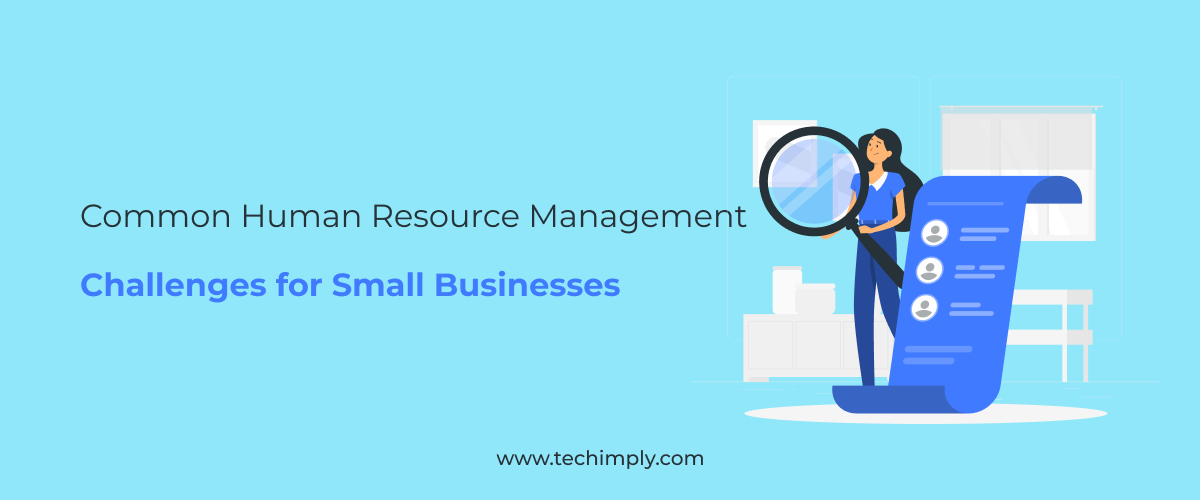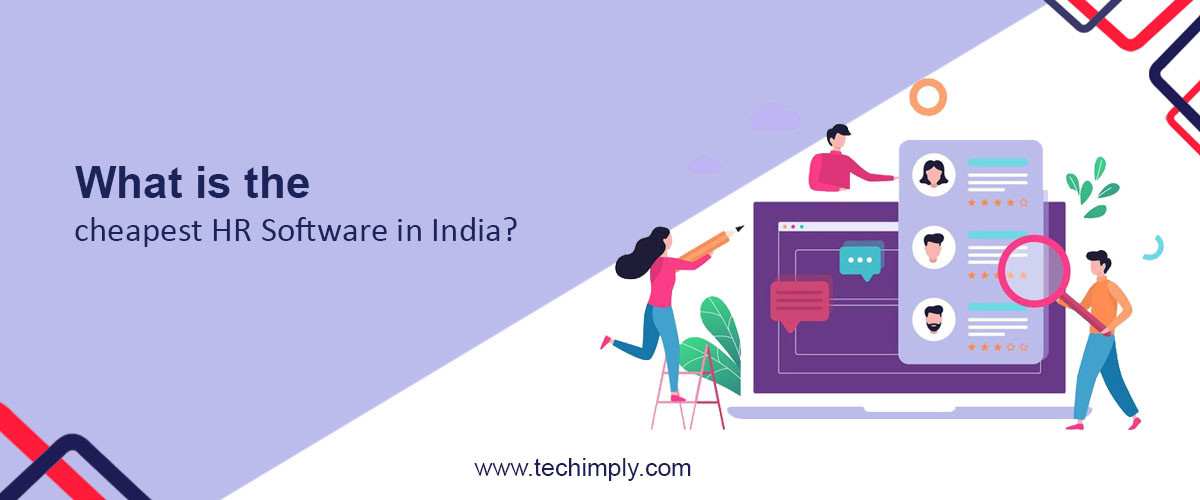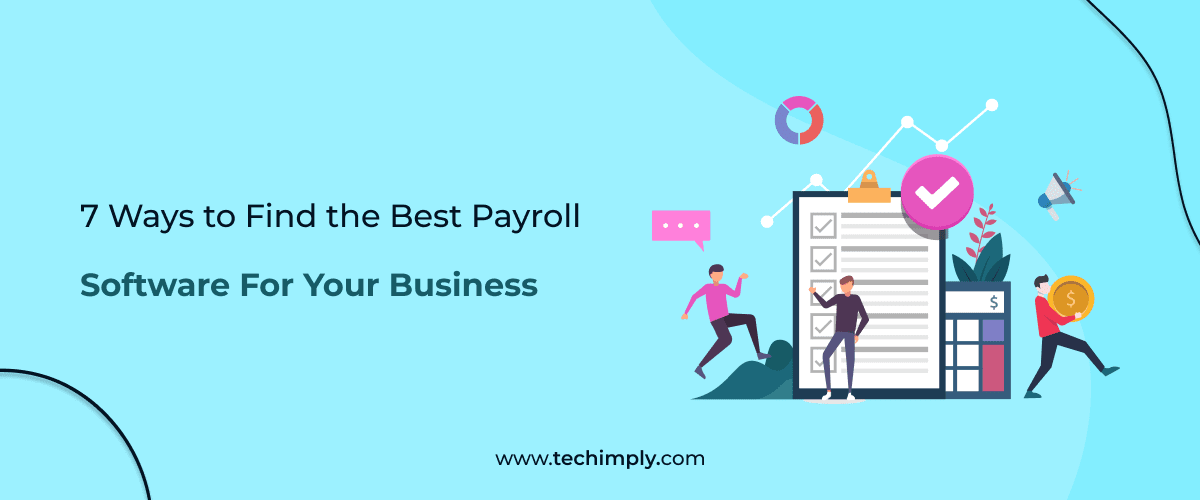Selecting the correct HRMS for the business unit needs is the first step where the system is only potentially perfect. Whether the new technology really transforms HR depends on its installation and implementation. And it results in many tangible challenges for the small business units.
Configuration and testing
- The degree of configuration depends on the complexity of the HR automation needs. Maybe the chosen HRMS is exactly what you require, straight out of the box just plug and play. However, it may also include HR procedures and a few consequent tweaking of the processes. One needs to amend the steps to match the requirements, make changes to inputs or simply add up the name and logo.
HRMS data
- Leaving the system aside for a moment, there also exist issues of data while using the system. The primary source of data for populating new HRMS must be current employee records. These can be simple databases, excel sheets, or filing cabinets. The task of putting data into a format for a new system is an accuracy issue.
HRMS data migration
- The data migration stage is a perfect opportunity to meet employees, ask them and check and make necessary changes in their personal information. Not only for delegating tasks to those who do best but also for the part of a stakeholder engagement strategy. It is for the development of further users using the new system.
Testing the data
- Once the data is filled in, it is time to test. Skipping this stage may be a burden for the later stages as the software includes sensitive data like personal information such as name, social numbers, address, banking details, and many more. Testing everything includes basic functioning, navigation, integration, and production of reports.
- The most important thing is to go parallel with the old system or way of doing things. If no problems are identified, there are chances of you not testing hard enough.
Data security
- Data accuracy and migration are major and hence the security of data is important once it is safely transferred to HRMS.
- 41% of the companies have more than 1000 unprotected files where the average cost of malware attack is $2.4 million. This can result in 43% down to less information.
- The risk factors for HRMS security include the following points:
(1) Mobile access
- A continuous flow of data between the users’ devices and HRMS represents an opportunity for a cyber-attack.
(2) BYOD
- This is security inherent where mobile access is increased due to the use of own devices by employees to access HRMS.
(3) Unhappy employees
- A non-technical but nevertheless a security risk. A disgruntled employee may feel less incentive to observe the security needs.
Adequate user training
- A new system is generally equal to what your business needs are and the technical installation can also be carried out easily. But the HRMS implementation may still fail because of inadequate user training.
- People tend to opt for the systems they are familiar and comfortable with. Creating comfort and familiarity prior to the live-go system depends on the appropriate training and usage of it as different users have different needs.
-
HR staff: operating new interfaces, new inputs, and reporting capabilities.
-
Managers: using the new HR dashboard.
-
C-suite and senior executives: accessing and using strategic data.
-
Employees: accessing employee self-service functionality.
Compliance
- Compliance may be seen as a long-term challenge but the seeds of solving it are the best planted at the implementation stage.
- Essentially one expects the new HRMS to support compliance with labor, regulations, and legislation. One of the major benefits of automated HR is a system prompting the managers and employees to carry out compliance actions like recording key information, producing timely reports for submitting to government offices.
Scalability
- The scalability issue is all about the future. The HRMS may be a perfect fit for today but what about tomorrow? Or over time?
- Ask few questions to yourself regarding the business unit:
- What are the present organizational strategic priorities? How the HRMS might support the achievement of strategic goals in the future? What are the broad future plans such as diversification, expansion, consolidation, acquisition?
- Then the future depends on your employees and system users as they have been consulted for the requirements of the HRMS selection process.
- With any IT project, the introduction of a new HRMS comes with a number of issues. Regardless of the size of the business unit, or the degree of automation of the human processes, the above HRMS implementation challenges are the potential obstacles in the path faced by every business organization. Ignore the obstacles or face them and find solutions at your peril.



.png)


